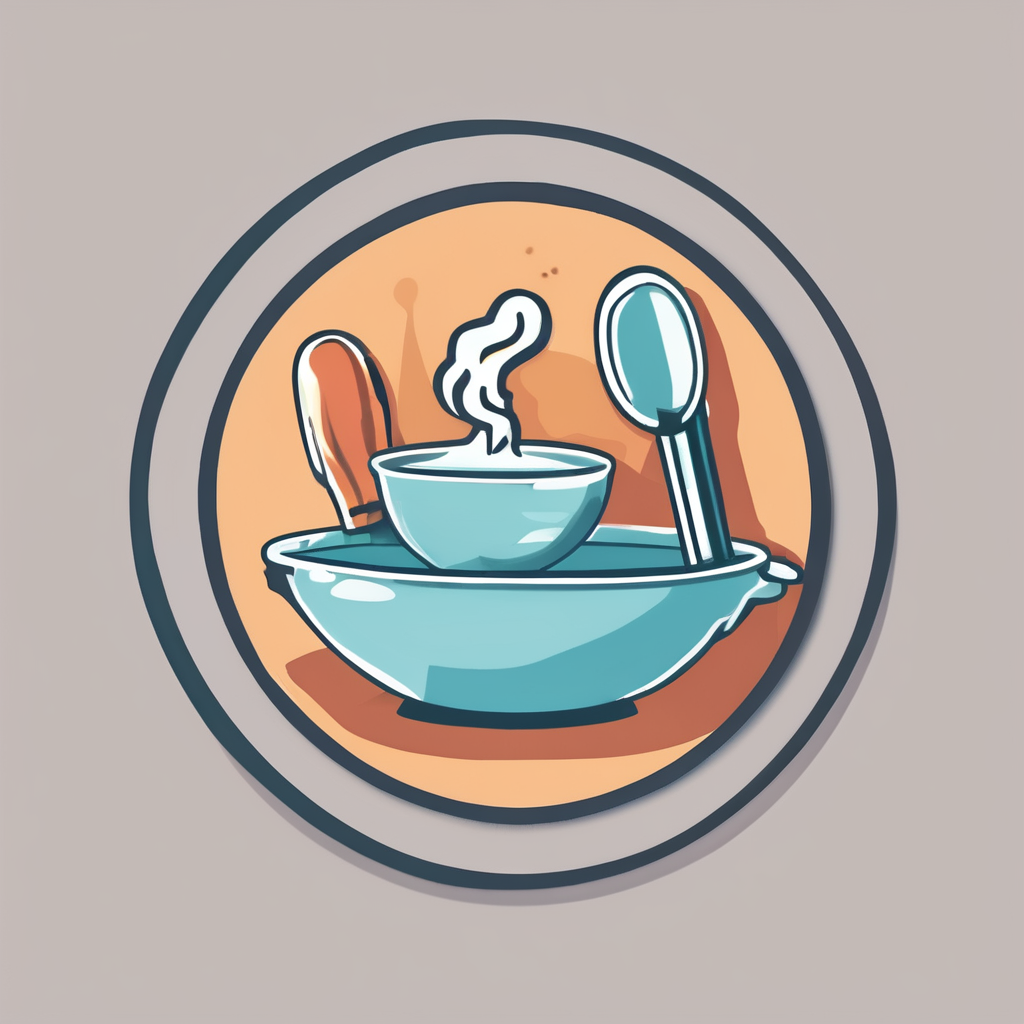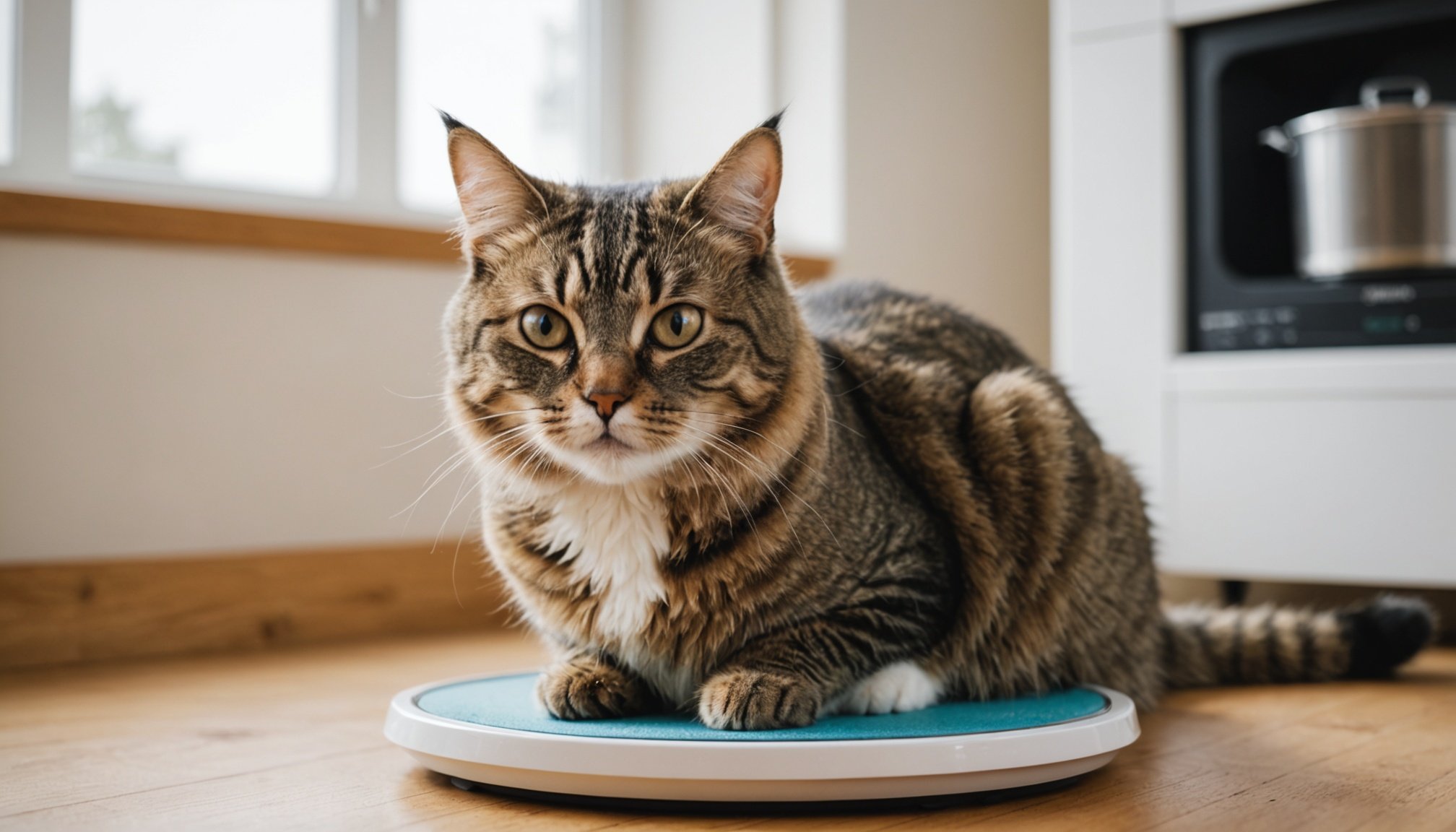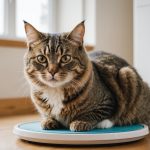Top Tips for UK Pet Owners: Keeping Your Cat Healthy and at the Perfect Weight
As a cat owner, there’s nothing more rewarding than seeing your feline friend thrive and enjoy a healthy, happy life. However, with the rising concerns about pet obesity, it’s crucial to focus on maintaining your cat’s ideal weight. Here’s a comprehensive guide to help you ensure your cat stays healthy and at the perfect weight.
Understanding the Importance of a Healthy Weight
Maintaining a healthy weight is vital for your cat’s overall health and well-being. Overweight or obese cats are at a higher risk of developing serious health issues such as diabetes, arthritis, and heart disease. Here’s what you need to know:
This might interest you : Empowering UK Residents Over 50: Mastering Strength Training at Home Without Gym Gear
Why Weight Matters
Weight management is not just about aesthetics; it directly impacts your cat’s quality of life. “Maintaining a healthy weight for pets starts with understanding the importance of portion control and calorie management,” notes an article on pet obesity[3].
Assessing Your Cat’s Weight
To determine if your cat is at a healthy weight, you can perform a simple body condition check. Here’s how:
This might interest you : Mastering Stress Relief: A UK Resident”s Guide to Mindful Breathing Techniques
- Feel the Ribs: You should be able to feel your cat’s ribs easily without excessive fat covering them.
- Look at the Waist: Your cat should have a visible waistline when viewed from above.
- Check the Abdomen: The abdomen should be tucked up, not sagging.
If you’re unsure, consult your vet for a professional assessment.
Crafting the Perfect Diet
The key to keeping your cat healthy and at the right weight lies in their diet. Here are some tips to help you make the right choices:
High-Quality Protein
Ensure your cat food is rich in high-quality, easily digestible protein. This is especially important for senior cats, as their digestive system may not be as efficient as it once was. “High-quality protein is essential for maintaining muscle mass and overall health,” advises a veterinary guide on senior pet diets[2].
Portion Control
Portion control is critical in preventing weight gain. Here are some tips:
- Measure Food: Use a measuring cup to ensure you’re feeding the right amount.
- Feed Frequently: Offering small amounts of food often can help prevent overeating.
- Avoid Overfeeding: Be cautious with treats and snacks, as they can add up quickly.
Interactive Feeding
Interactive feeding methods can make mealtime more engaging and help reduce boredom, which can lead to overeating.
- Feeding Puzzles: Use feeding puzzles to challenge your cat and make eating a fun, interactive process[1].
- Food Placement: Place food in different locations around the house to encourage your cat to search and hunt.
Choosing the Right Cat Food
With so many cat food options available, it can be overwhelming to choose the right one. Here’s a guide to help you make an informed decision:
Nutritional Needs
Different life stages have different nutritional needs. For example:
- Kittens: Need a diet rich in protein and calories to support growth.
- Adults: Require a balanced diet that maintains their current weight.
- Seniors: Benefit from reduced calories and fat content, along with joint support and antioxidants[2].
Wet vs. Dry Food
Both wet and dry foods have their advantages:
- Wet Food: Often higher in moisture content, which can help with hydration and weight management.
- Dry Food: Convenient and can help maintain dental health.
Here’s a comparison table to help you decide:
| Type of Food | Advantages | Disadvantages |
|---|---|---|
| Wet Food | Higher moisture content, can aid in weight management, often lower in carbohydrates | Generally more expensive, shorter shelf life |
| Dry Food | Convenient, helps maintain dental health, longer shelf life | Often higher in carbohydrates, may not be as palatable |
Managing Weight Loss
If your cat is overweight, it’s essential to approach weight loss carefully to avoid any health complications.
Consult Your Vet
Before starting any weight loss program, consult with your vet to determine the ideal weight for your cat and to get a personalized plan.
Gradual Weight Loss
Aim for gradual weight loss rather than rapid changes. Here are some tips:
- Reduce Calories: Gradually reduce the calorie intake by switching to a lower-calorie food or reducing portion sizes.
- Increase Activity: Encourage more physical activity through playtime and interactive toys.
- Monitor Progress: Regularly weigh your cat and monitor their body condition to ensure they are losing weight healthily.
Avoiding Common Pitfalls
There are several common pitfalls to avoid when managing your cat’s weight:
Overindulgence in Treats
Treats can quickly add up and sabotage your cat’s diet. Here’s how to manage treats:
- Choose Low-Calorie Treats: Opt for low-calorie treats or even use small pieces of their regular food as treats.
- Limit Frequency: Treats should not make up more than 10% of your cat’s daily calorie intake.
Lack of Physical Activity
Physical activity is crucial for maintaining a healthy weight. Here are some ways to keep your cat active:
- Playtime: Engage in regular playtime with your cat using toys or laser pointers.
- Environmental Enrichment: Provide climbing structures and scratching posts to keep your cat active and engaged.
Practical Insights and Actionable Advice
Here are some practical tips and advice to help you keep your cat healthy and at the perfect weight:
Keep it Fun
Make mealtime and playtime fun and engaging. For example, you can use feeding puzzles or hide food around the house to encourage hunting behavior.
Be Consistent
Consistency is key when it comes to feeding and exercise routines. Stick to a schedule to help your cat feel secure and maintain a healthy weight.
Monitor Health
Regular health checks with your vet can help identify any potential health issues early on. “Regular check-ups with your vet are essential for maintaining your cat’s overall health,” advises a veterinary expert.
Real-Life Examples and Anecdotes
Here’s an example of how one cat owner managed to help their cat lose weight:
The Story of Max
Max, a Maine Coon cat, had gained significant weight due to overfeeding and lack of physical activity. His owner consulted with their vet and started a gradual weight loss program. They switched to a lower-calorie food, reduced portion sizes, and increased playtime using interactive toys. Within a few months, Max had lost the excess weight and was back to his healthy, energetic self.
Keeping your cat healthy and at the perfect weight is a commitment that requires careful attention to their diet, physical activity, and overall care. Here are some final tips to help you on this journey:
- Consult Your Vet: Always consult with your vet before making any significant changes to your cat’s diet or exercise routine.
- Be Patient: Weight loss and management take time, so be patient and consistent.
- Make it Fun: Keep mealtime and playtime engaging and fun to ensure your cat stays happy and healthy.
By following these tips and staying committed to your cat’s health, you can help ensure they live a long, happy, and healthy life. Remember, every small change can make a big difference in your cat’s well-being.











